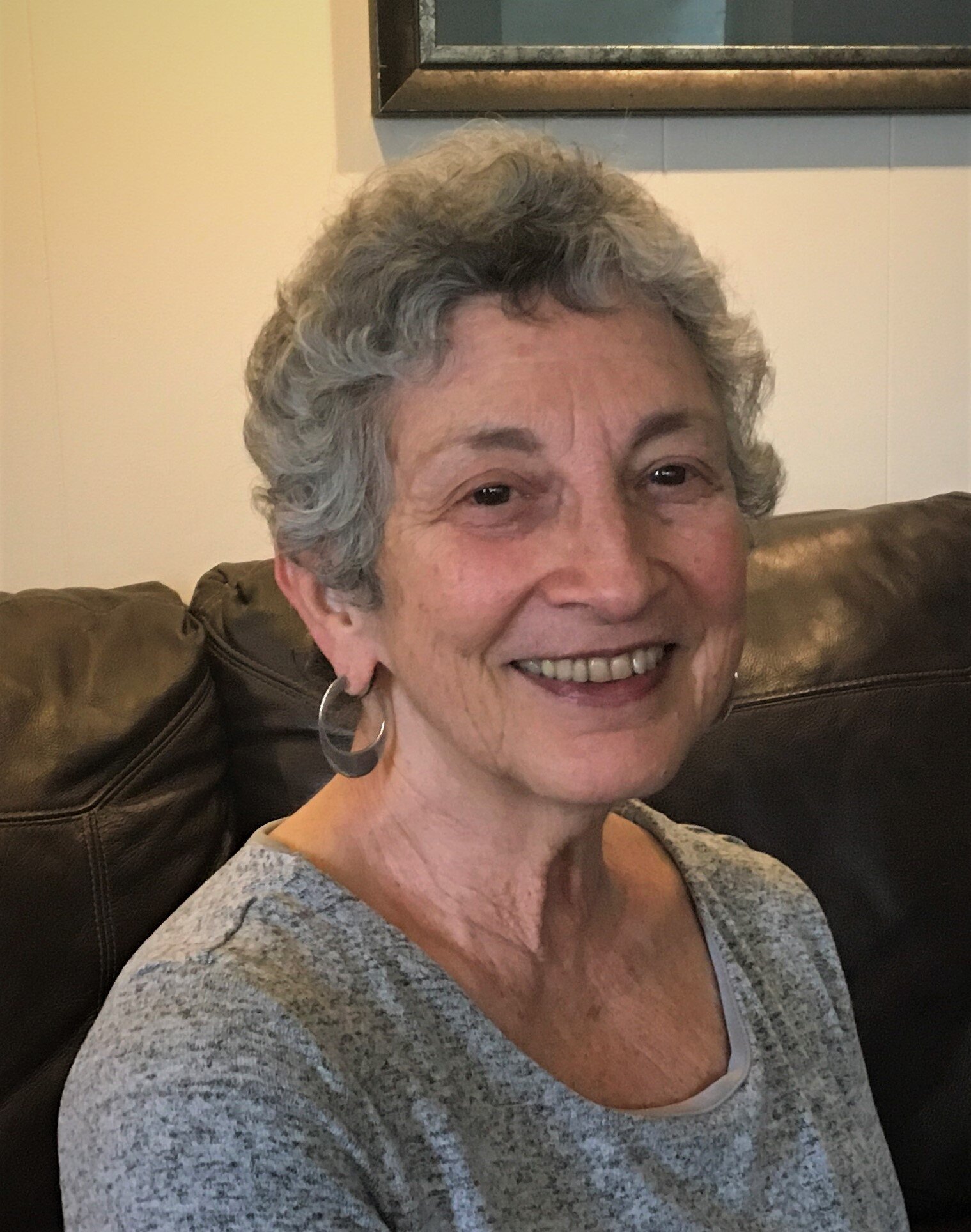I no longer have a favorite color. These words were roaming around my mind as I was recovering from a life-threatening illness. In the hospital for five weeks and then in rehab for three, once home doing PT and writing poems were strengthening. The poems that came were grounded in what had happened to me, “After the Diagnosis,” “Hospital Note,” “One Illness Brings Back Another,” “Procedure.” And still, I heard the refrain, I no longer have a favorite color.
After a while, I found the key and the poem followed. [“I No Longer Have a Favorite Color” appears in the Spring 2021 Intima] Illness takes and demands. And also, when one is fortunate enough to survive, there are discoveries. During the time my illness was all encompassing, “distinctions dissolved.” Not necessarily such a great thing. But once on a recovery trajectory, no longer having preferences became an opening that enlarged appreciation.
Now as night approaches
I welcome each shade of blue
from robin’s egg to indigo.
What draws me to “Anatomy in Nature” by Jesse Holth (Spring 2018 Intima) is the discovery it recounts, through pairing organs and the natural world. In couplets, the poem takes the reader along to visualize and think about the “new lesson” of connection and correspondence.
The speaker tells us that
plants can look just
like organs, the part
of our bodies we know
and don’t know
It goes on with the parenthetical caveat, “unless they’re cut open.” But there are other ways of knowing. Scans, sonograms, MRI’s that we see either at the time or afterwards reveal an unseen world we were formerly unacquainted with.
“Anatomy in Nature” is a gift that encourages appreciating the beauty and miracle of our bodies and the correspondence between forms in nature and what’s inside us—our heart, our lungs, our brain, our spine. What keeps us alive.
“I No Longer Have a Favorite Color” was a poem of necessity while I see “Anatomy in Nature” as one of observation. Both poems represent an enlarged vision, one from a visual perspective and the other from an emotional standpoint.
Ellen Goldsmith is a poet and teacher, author of Where to Look, Such Distances and No Pine Tree in This Forest Is Perfect, which won the Hudson Valley Writers’ Center 1997 chapbook contest and was described by Dennis Nurkse, the contest judge, as an “incandescent collection.” Her poems have appeared in Antiphon, Connecticut River Review, Dash, Earth's Daughters, The Healing Muse, Mount Hope, Off the Coast, Third Wednesday and The Whirlwind Review. She holds an Ed.D. from Teachers College, Columbia University and is professor emeritus of The City University of New York. She lives in Cushing, Maine.

